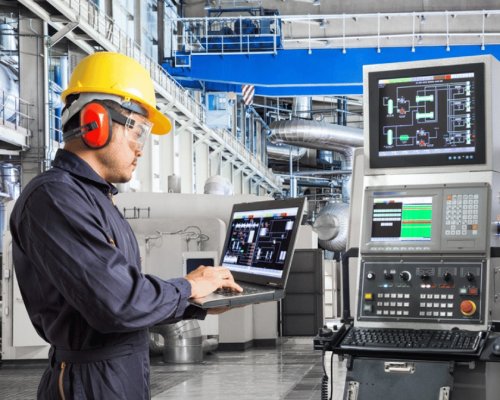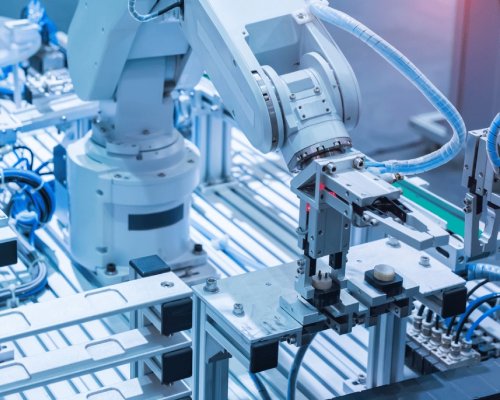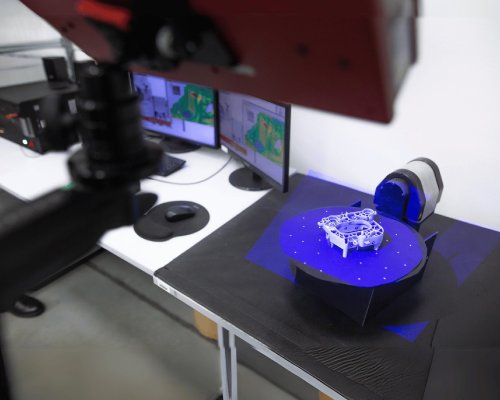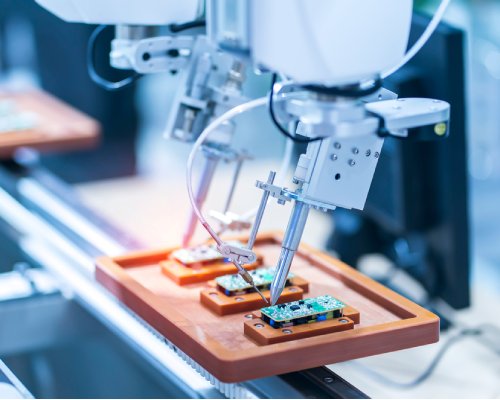
Machine Tending
A machine tending robot is a type of industrial robot that is designed to perform repetitive tasks such as loading, unloading, and monitoring computer-controlled machinery in a manufacturing or production environment. These robots are programmed to interact with specific types of machines, such as CNC lathes, milling machines, or injection molding machines, and can be used to perform a variety of tasks, such as changing tools, removing finished parts, and inspecting products for quality control. Machine tending robots are used to increase efficiency, reduce labor costs, and improve safety in manufacturing processes.




